Coffee Table Dimensions: Finding the Ideal Coffee Table Size
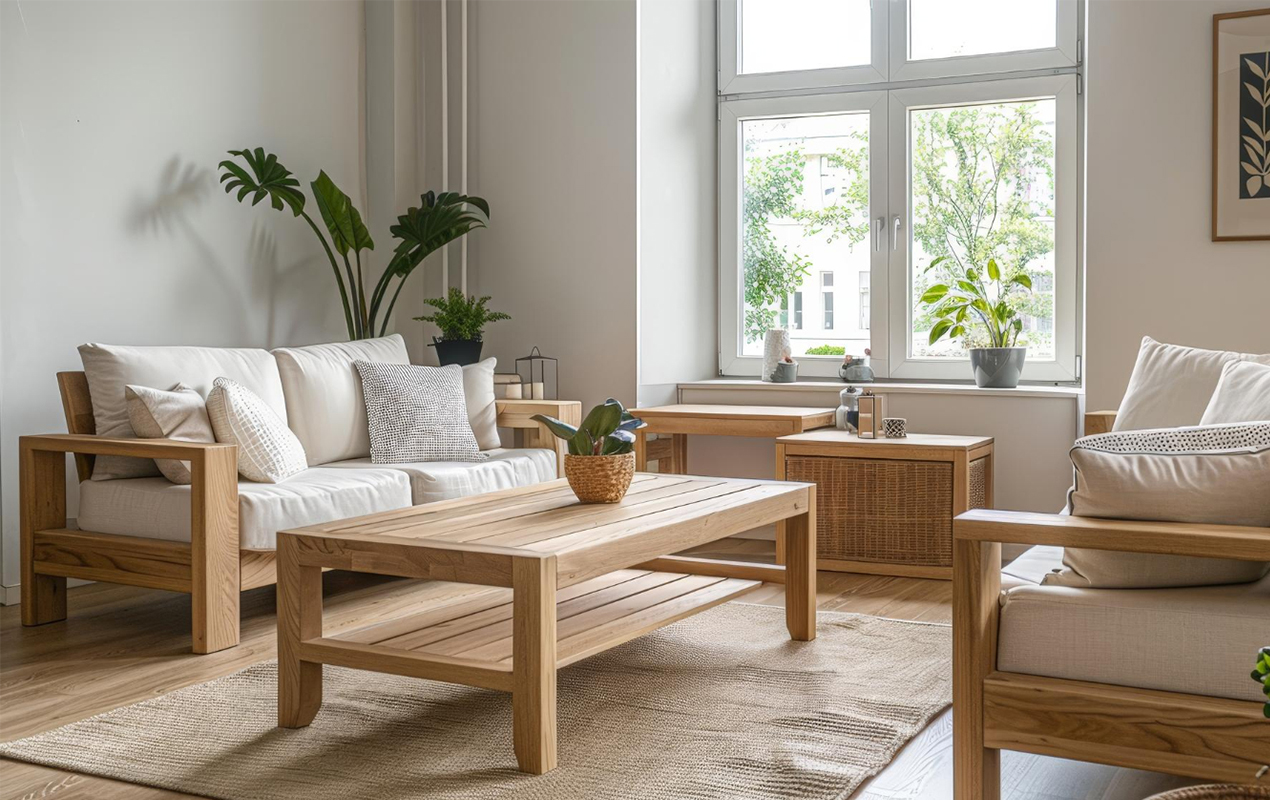
Ever found yourself awkwardly lunging for your coffee mug across the expanse of a tabletop or constantly navigating around a coffee table that seems to occupy half the living room? The struggle is real, and it highlights a common design dilemma: choosing the ideal coffee table size.
While aesthetics are undoubtedly essential (who doesn't love an exquisite piece?), the functionality of your coffee table is equally crucial. It should integrate into your living space, complementing your seating arrangement and facilitating conversation rather than hindering it. A well-sized table serves as a practical anchor for your setup, providing convenience for everything from books and magazines to drinks and snacks.
Beyond mere convenience, the right dimensions can actually improve the visuals of your room. A table that's too small can appear lost in a large space, while one that's too large can dominate and create a cramped feeling. Achieving balance is key, and that's where the concept of "ideal" coffee table dimensions comes into play.
Unlike a one-size-fits-all approach, ideal dimensions are tailored to your specific needs and space requirements. They take into account the size of your sofa, the layout of the interior, and your lifestyle. Whether you have a sprawling sectional or a cozy loveseat, a spacious living room, or a compact studio, there's an ideal coffee table size waiting to be discovered.
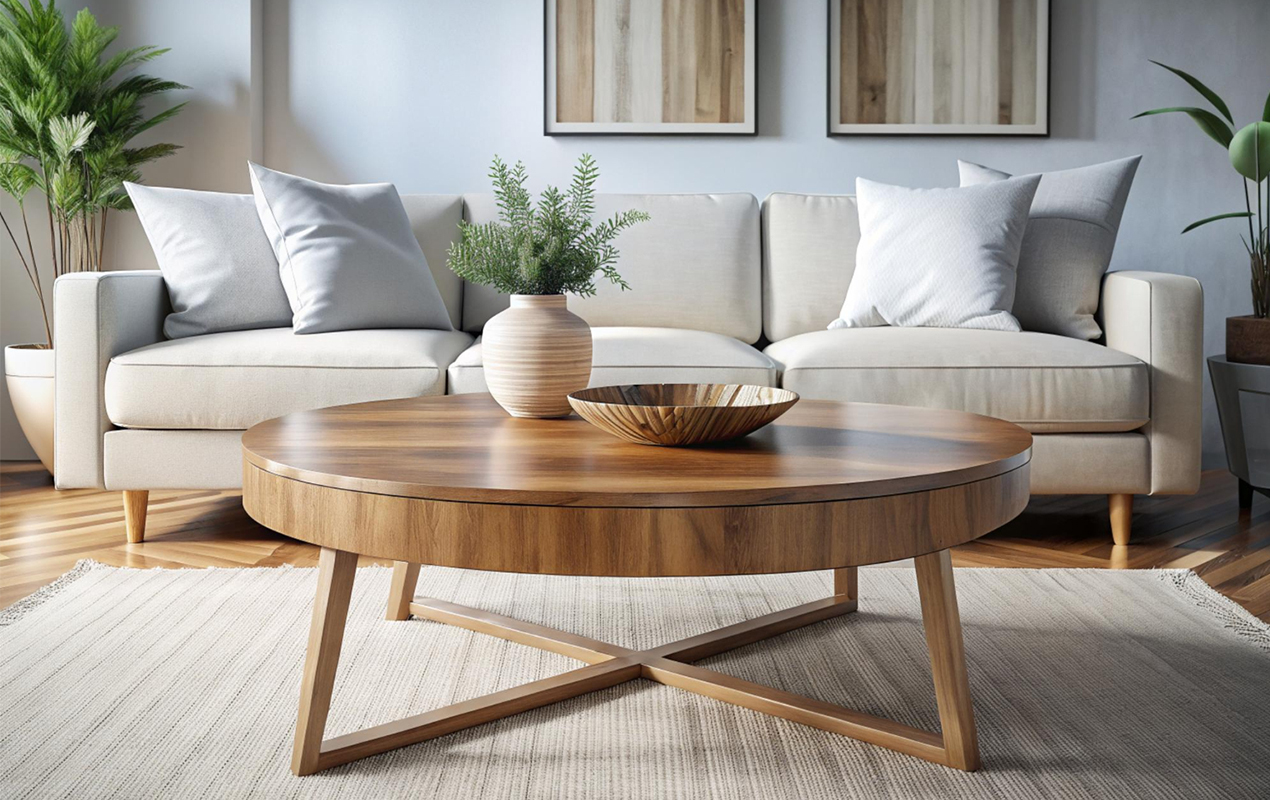
Photo by Intan Eriyani from Freepik
The Ideal Coffee Table Size: Core Dimensions
Length: Strike a Balance with the Two-Thirds Rule
When determining the ideal length of your coffee table, a good starting point is the "two-thirds rule." This suggests your table should be approximately two-thirds the length of your sofa. This proportion produces balance while ensuring the table doesn't overpower or underwhelm the seating area.
This rule is merely a guideline, not a strict mandate. Several factors can influence the ideal length:
- Sofa Size: If you have a large sectional sofa, you might opt for a longer table to fill the space and provide sufficient surface area. Conversely, a smaller loveseat may call for a shorter table to avoid overwhelming the seating.
- Room Size: In a larger setting, you have more flexibility with the table's length, whereas in a smaller room, a shorter table may be necessary to maintain an open, airy feel.
- Intended Use: If you plan to use your table for dining or work in addition to bearing drinks and decor, a longer table may be better suited to accommodate those activities.
Length Recommendations Based on Sofa Size:
Sofa Size
Ideal Coffee Table Length:- Loveseat (5-6 ft): 3-4 ft
- Standard Sofa (7-8 ft): 5-5.5 ft
- Large Sofa (9+ ft): 6+ ft
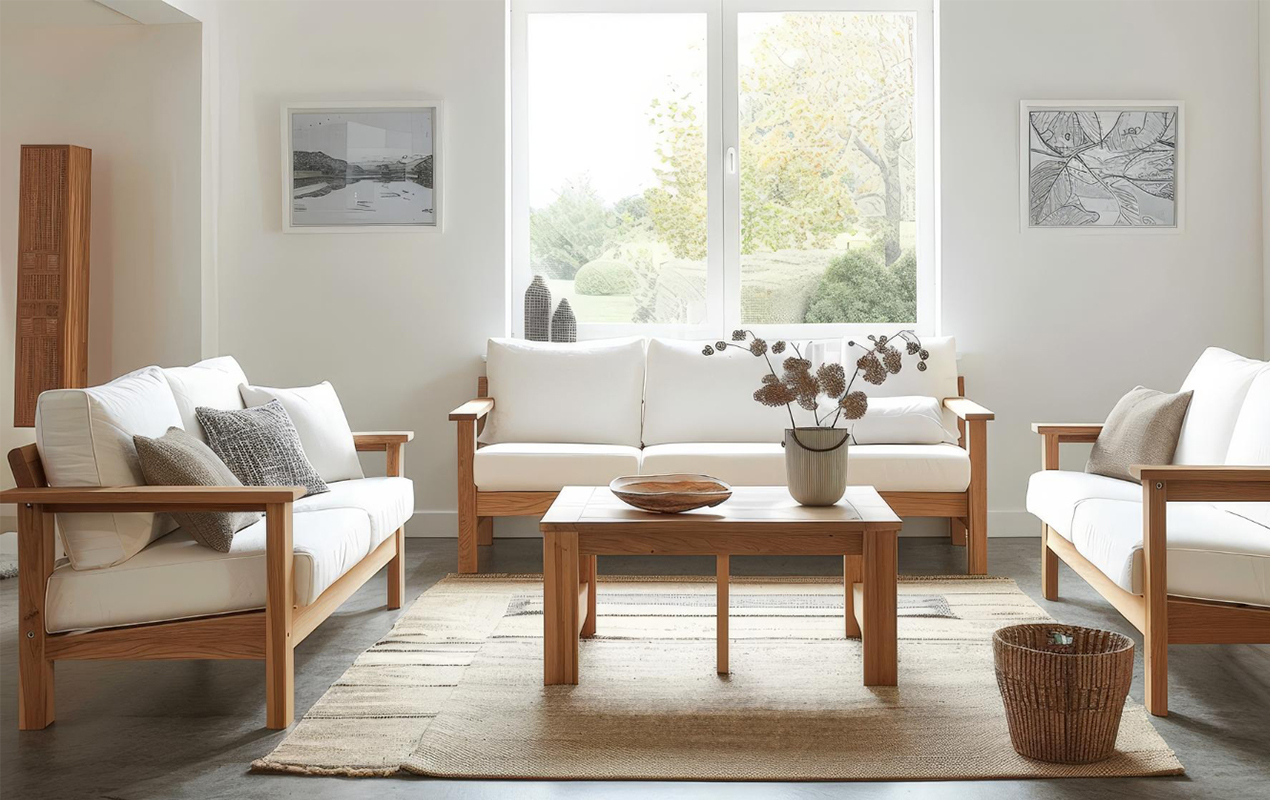
Photo by Theodors Vector Art from Freepik
Width: Smooth Traffic Flow
The width of your coffee table is crucial for ensuring easy movement around your interior. The go-to rule of thumb is to leave at least 18 inches between the table and any surrounding seating, allowing ample legroom and preventing bumps or awkwardness. The shape of your table also comes into play when influencing ideal width, with round tables typically requiring more clearance than rectangular or square alternatives due to their curved edges.
Gain Insight: Round Coffee Tables: Building, Usage, & Optimal Sizing
Width Recommendations Based on Room Size:
Room Size
Ideal Coffee Table Width:- Small Living Room (<10 ft wide): 2–3 ft
- Medium Living Room (10–15 ft wide): 3–4 ft
- Large Living Room (>15 ft wide): 4+ ft
The height of your table should complement the height of your sofa or chairs. Ideally, the table should be roughly the same height as the seat cushions or sit a few inches lower, ensuring reaching for items on the table feels comfortable and natural.
Pros and Cons of Different Heights:
- Taller Tables: Can make a statement and offer more storage space, but may be less accessible and visually heavy.
- Shorter Tables: Tend to be more inviting and coordinate with the seating but may offer less surface area.
Discover More: Finding the Sweet Spot: How Tall Should A Coffee Table Be
Photo by IamMujahidMalik from Freepik
The Ideal Coffee Table Size: Other Factors to Consider
Shape: Styles and Sizes
While the core dimensions provide a solid foundation, the shape of your table adds another layer of complexity to the sizing equation. Each shape has its own characteristics that influence both its ideal size and placement:
Rectangular: The most versatile shape, rectangular coffee tables are a classic choice that can easily adapt to various room sizes and layouts. Their length and width can be tailored to fit specific demands, making them a favored option for both large and small setups.
Square: Ideal for smaller rooms or to complement a sectional sofa, square coffee tables offer a balanced and symmetrical look. Due to their equal sides, it's crucial to pay attention to scale and ensure the size doesn't overpower the surrounding furniture.
Round or Oval: Softening the sharp lines of a room, round or oval coffee tables form a more organic and inviting atmosphere. However, their curved edges may require slightly more clearance than rectangular tables to assure comfortable movement around them.
Read More: What Coffee Table Shape Complements a Sofa Sectional Best?
Choosing the right shape is a matter of personal preference and how it complements your existing decor. Consider how the shape will interact with other furniture pieces and the flow of the room.
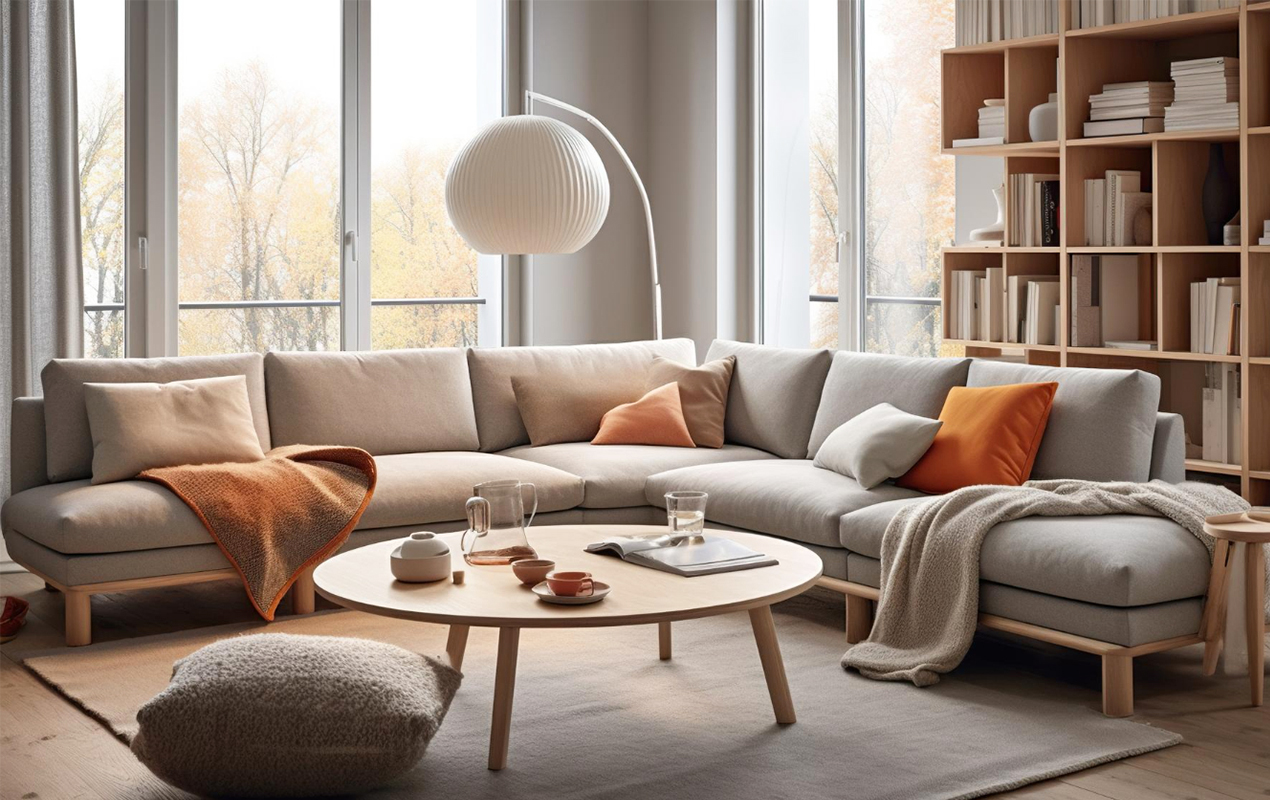
Photo by Zaramalik58717 from Freepik
Material: The Illusion of Weight and Space
The material of your coffee table can affect its perceived size in a room. Heavier materials like wood or metal can make a table feel more substantial, while lighter materials like glass or acrylic can provide an airy, open feel.
A visually heavy table is better suited for a larger room to avoid feeling cramped, while a lighter table works well in a smaller space to maintain openness. Take into account the visual weight of your chosen material alongside the table's dimensions to ensure it reconciles with your design scheme.
Related Article: Coffee Table Pros & Cons: How Different Types Impact Your Space
Additional Functionality: Expanding the Table's Role
If your table is aimed at more than just holding drinks and magazines, its size might need some adjustments. A table that doubles as a dining surface requires a larger surface area and a higher height for meal times. Similarly, if you plan to use it as a workspace, you'll want to assess the space needed for laptops, notebooks, and other work-related materials.
Think about how the coffee table will be used and factor in any additional activities when determining its size. You may need to compromise on certain dimensions to accommodate multiple functions, but prioritizing the most frequent use will ensure your table serves you well in all scenarios.
Read More: 19 Lift Top Coffee Table Designs For A Smart Furnishing Upgrade
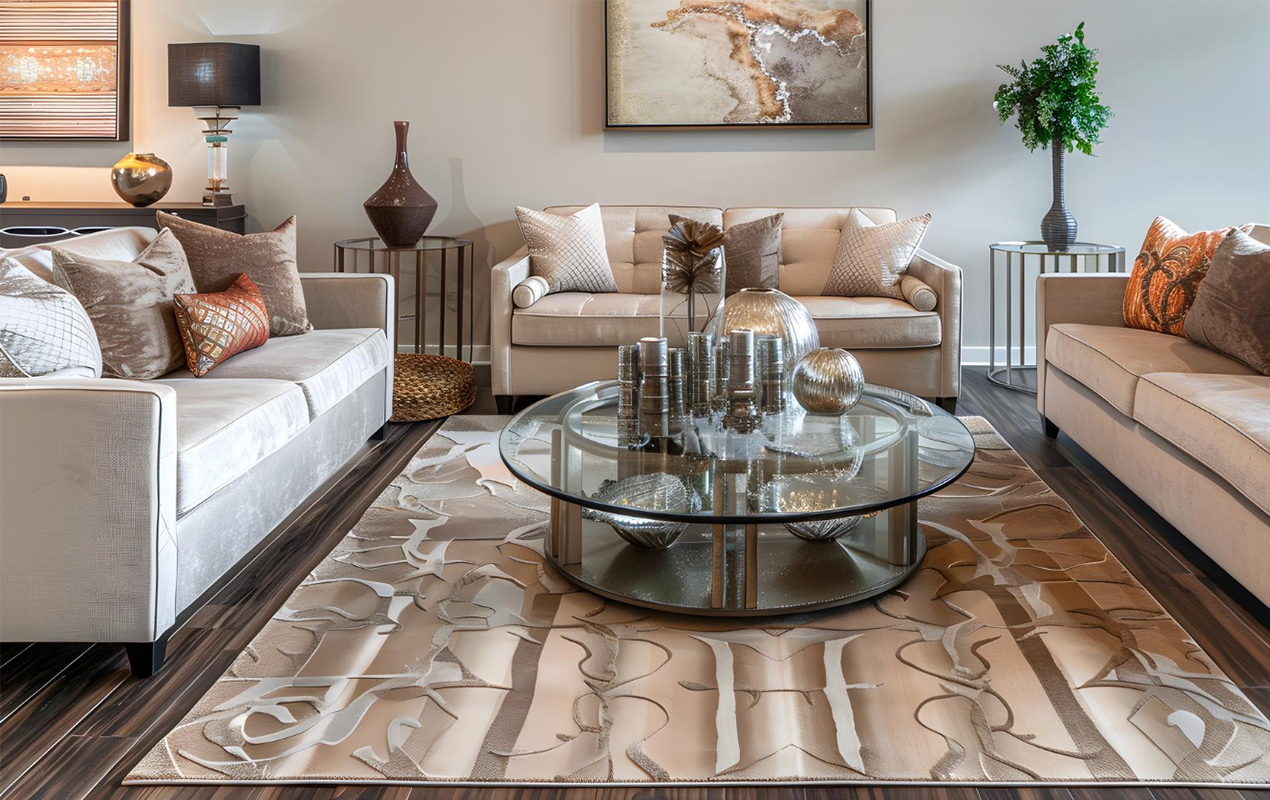
Photo from Freepik
The Ideal Coffee Table Size: Measuring and Planning
Before you embark on your coffee table journey, take a moment to evaluate the space to visualize your ideal table. This step is crucial for avoiding the all-too-common pitfalls of buying a table that's either too big or too small.
Tools of the Trade:
- Measuring tape
- Painter's tape or masking tape
- Cardboard (optional)
- Pencil and paper
Start by measuring the length and width of the area where you intend to place your table. As mentioned previously, remember to leave at least 18 inches of clearance between the table and any surrounding seating. Note down these dimensions.
Step 2: Visualize with Tape:
Using painter's tape or masking tape, outline the dimensions of your potential table on the floor. This provides a representation of how much space the table will occupy and how it will relate to your existing furniture.
Step 3: Get Creative with Cardboard (Optional):
If you want a more three-dimensional visualization, cut out pieces of cardboard to match the dimensions of your desired table. Then, arrange the pieces on the floor to simulate the table's presence and see how it fits into the space.
Read More: Craft a Custom Piece: 13 DIY Coffee Table Design Ideas
Step 4: Test the Traffic Flow:
Walk around your mock-up to confirm there's enough space to move sufficiently. Pay attention to pathways and doorways, making sure the table doesn't create any obstacles.
Step 5: Consider Your Lifestyle:
Think about how you use your living room. Do you entertain guests frequently? Do you have children or pets? These factors might influence your decision on the table's size and shape. Refer to the shape section to assist this decision.
Related Article: How to Baby Proof a Coffee Table the Simple Way
Step 6: Adjust and Refine:
If your initial mock-up feels too large or too small, adjust the dimensions accordingly. Play around with different lengths, widths, and shapes until you find a configuration that resonates. By carrying out these steps, you'll gain a clear understanding of how much space you have to work with and what size table will be best suited, helping you make a better informed decision and avoid buyer's remorse.
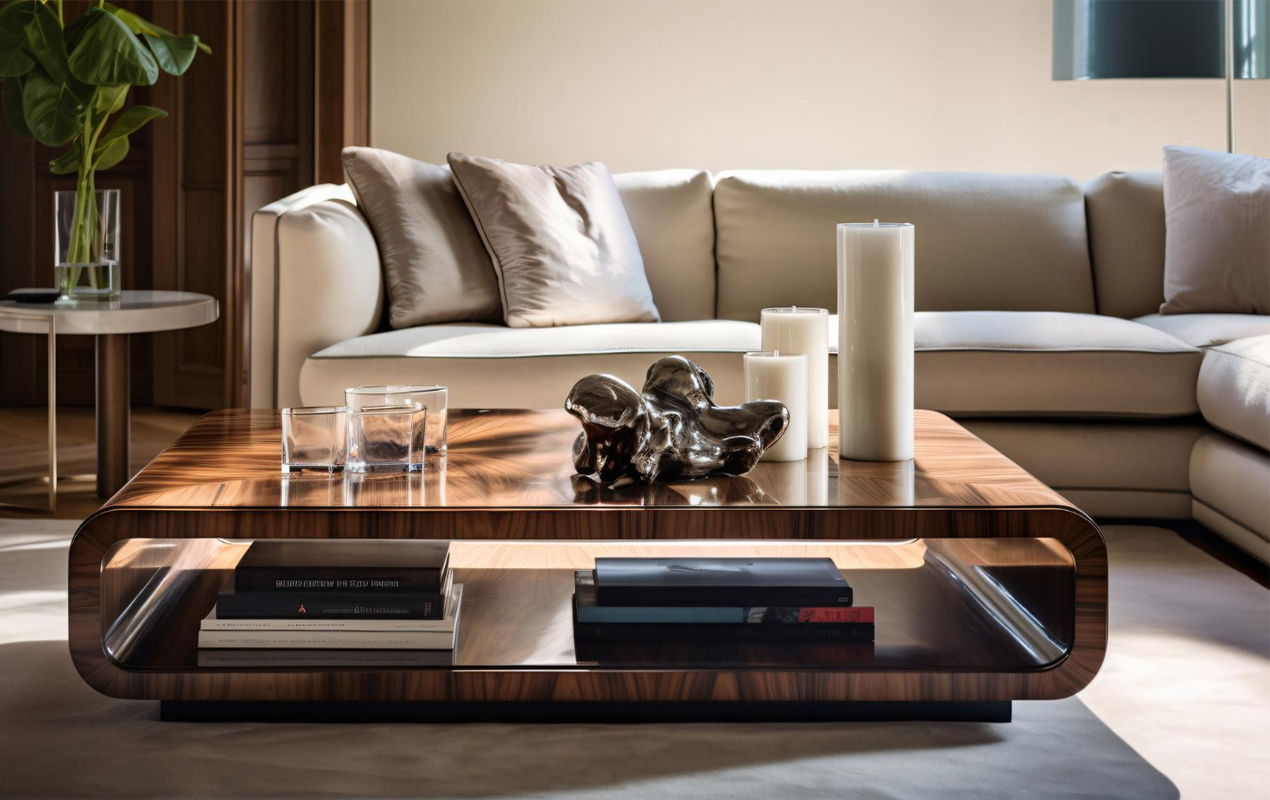
Photo by Rimsha52 from Freepik
What's The Ideal Coffee Table Size? Final Thoughts
Determining the right coffee table isn't merely about adhering to arbitrary rules or succumbing to fleeting trends. It's about curating a space to reflect your style and complement your daily life. By understanding the nuances of length, width, height, shape, material, and functionality, you're equipped with the knowledge to a make informed decision that transcends mere aesthetics.
By taking the time to measure your space, visualizing different scenarios, and considering how you'll use the table, you're not just buying furniture; you're investing in a piece to seamlessly integrate into your life. So, embrace the power of dimensions, experiment with different options, and don't be afraid to break the mold.
https://www.decasacollections.com/what-is-the-ideal-coffee-table-size/
Comments
Post a Comment